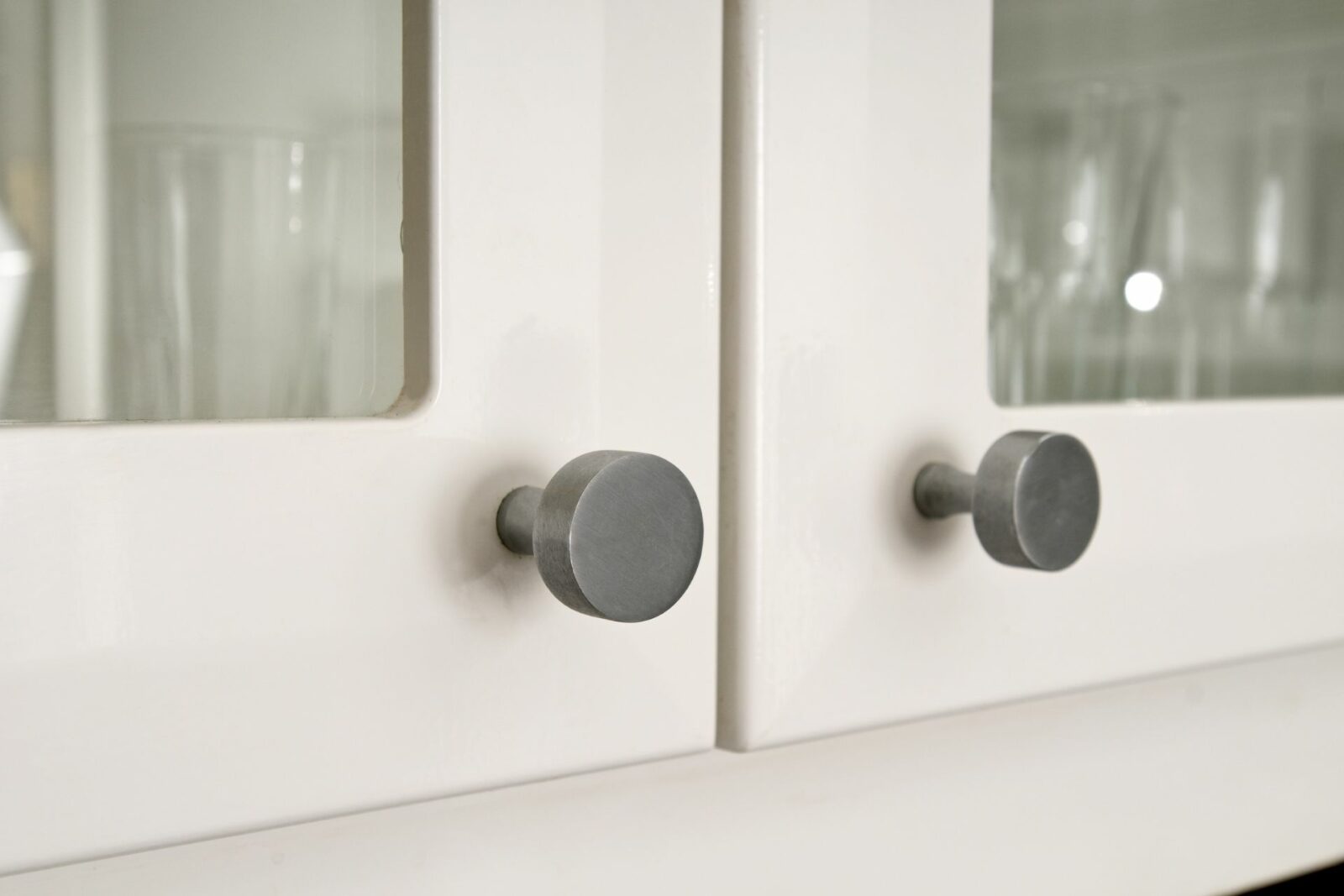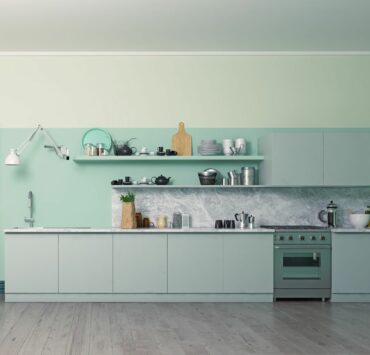Are you tired of the mess and clutter created by drying your dishes, glasses, and cutlery on the kitchen counter? The cabinet door drying rack is here to save the day! This innovative solution offers a neat and organized way to dry your kitchenware while maximizing space. In this guide, we’ll explore the ins and outs of cabinet drying, its advantages and disadvantages, and how to create your own budget-friendly rack.
How do you make a cabinet door drying rack?
Planning and Measuring Your Space
Before diving into the construction process, carefully measure the dimensions of your cabinet door and the space inside the cabinet. This will ensure your drying rack fits perfectly and doesn’t interfere with your cabinet’s functionality.
Choosing Materials
Select a suitable material for your drying rack, such as wire or plastic-coated metal. These materials are durable and resistant to moisture, ensuring the longevity of your rack.
Assembly and Installation
To create a simple yet effective drying rack, follow these steps:
- Attach two L-shaped brackets to the inside of the cabinet door using screws.
- Cut your chosen material to size, ensuring it fits snugly between the brackets.
- Secure the rack to the brackets with zip ties or screws.
Voila! You now have a functional cabinet door drying rack.
What is the cabinet drying method?
Cabinet drying is a method that utilizes the interior space of your kitchen cabinets to dry your dishes and utensils. By installing a drying rack inside the cabinet or on the cabinet door, you can take advantage of the existing space, keeping your countertops free from clutter.
What is the advantage of using cabinet drying?
Cabinet drying offers several benefits, including:
- Space-saving: It helps maximize your kitchen’s storage and working space.
- Improved organization: Your dishes and utensils dry neatly inside the cabinet, reducing clutter on countertops.
- Hygiene: Cabinet drying keeps your kitchenware away from potential contaminants, such as dust or insects.
What is the disadvantage of cabinet drying?
The primary disadvantage of cabinet drying is the potential for moisture buildup inside the cabinet. To mitigate this issue, ensure proper ventilation by leaving the cabinet door slightly ajar or installing small vents.
How to make a cheap drying rack?
Creating an affordable cabinet door drying rack is simple:
- Repurpose an old cooling rack or wire shelf to fit inside your cabinet.
- Use zip ties or hooks to secure the repurposed rack to your cabinet door.
By utilizing inexpensive materials, you can easily create a functional drying rack without breaking the bank.
What can I use as a drying rack?
If you’re looking for alternative drying solutions, consider these options:
- Over-the-sink drying rack: A space-saving option that utilizes the space above your sink.
- Wall-mounted drying rack: Attaches to your kitchen wall, providing additional drying space.
- Foldable or collapsible drying rack: Offers a portable and compact solution for drying your kitchenware.
FAQ Section
Q: Can I use a cabinet door drying rack for pots and pans?
A: Yes, you can use a cabinet door drying rack for pots and pans, provided that the rack is sturdy and secure enough to handle the weight.
Q: How do I clean and maintain my cabinet door drying rack?
A: Regular cleaning and maintenance are essential to keep your cabinet door drying rack in top condition. Follow these steps:
- Remove the rack from the cabinet and wipe it down with a damp cloth.
- For stubborn stains or residues, use a gentle cleaning solution and a soft brush to scrub the affected areas.
- Dry the rack thoroughly before reinstalling it inside the cabinet.
Q: Are cabinet door drying racks suitable for all types of cabinets?
A: Cabinet door drying racks can be adapted to fit most cabinet styles and sizes. However, it’s essential to measure your cabinet door and interior space accurately to ensure the rack fits properly and functions efficiently.
Conclusion
The cabinet door drying rack is a game-changer for homeowners and renters alike, offering a convenient and space-saving solution for drying kitchenware. By understanding the advantages and disadvantages of cabinet drying and exploring budget-friendly alternatives, you can create a drying system that suits your needs and enhances your kitchen’s organization.








